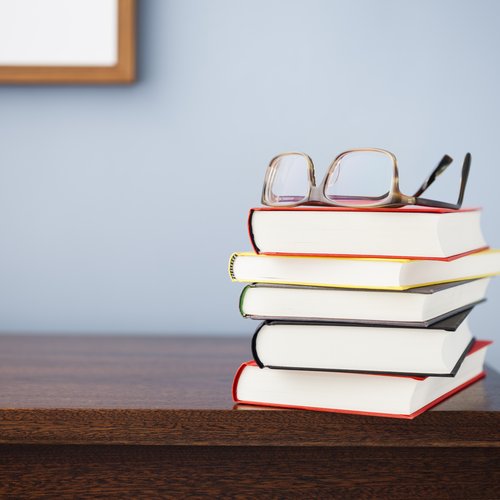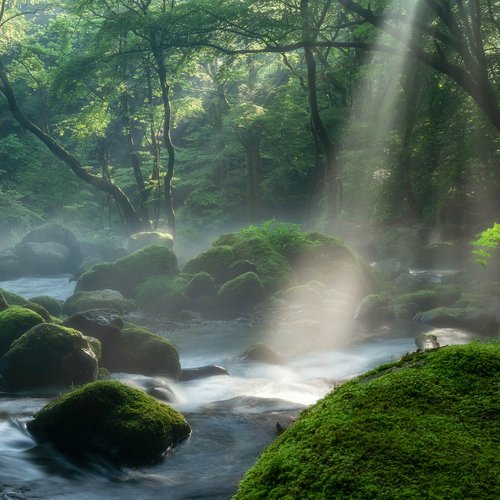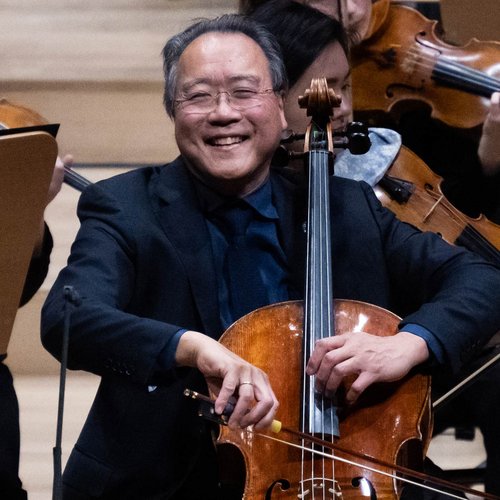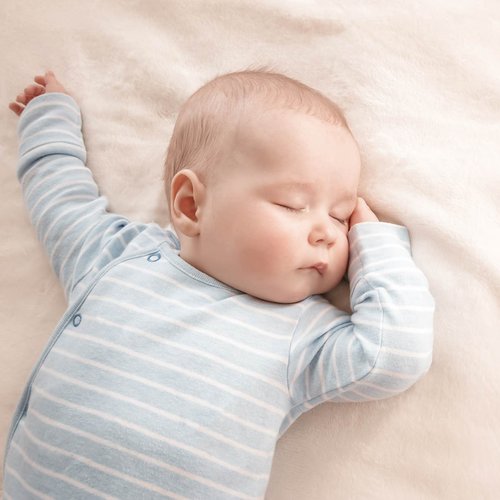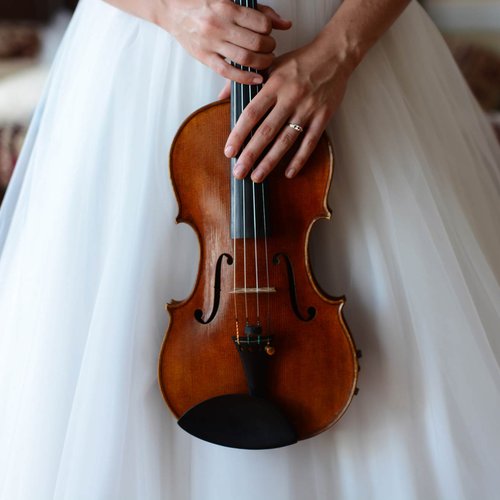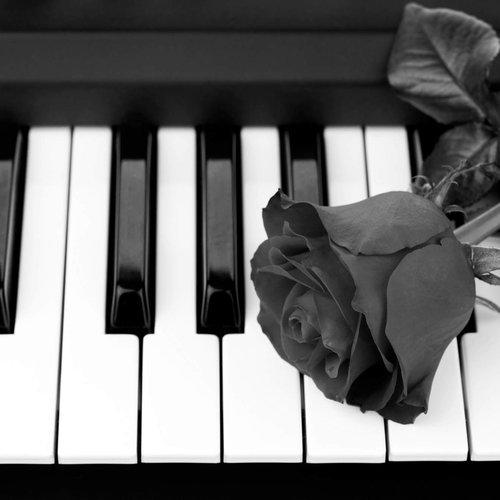The most moving classical music composed in wartime
25 April 2018, 14:32 | Updated: 1 September 2020, 17:35

We’ve gathered together some of the very best classical music composed in wartime – from pieces designed to stir up patriotism to music commemorating the fallen.
Haydn – Mass in Time of War
The name is enough to suggest its context – but the musically unsettled nature of Missa in Tempore Belli was unusual for Haydn. Composed in August 1796 during the European War that followed the French Revolution, the Mass represents conflict and change. At this point in time, Austrian troops were at war – and they were struggling. Losing against the French in Italy and Germany, the troops feared imminent invasion.
The 'Benedictus' and 'Agnus Dei' movements provide a powerful reflection of the era’s troubled mood.

Haydn MASS IN TIME OF WAR Summer Singers of Kansas City
Tchaikovsky – 1812 Overture
From cannon fire to crashing cymbals and brass fanfare, the deafening orchestration of Tchaikovsky’s 1812 Overture was conceived to commemorate the Battle of Borodino, fought in September 1812. The composer's cannon-fuelled epic is completely ostentatious in its representation of wartime – and it’s also one of the most popular classical pieces of all time.
The Battle of Borodino was fought during the Napoleonic Wars, when the French unsuccessfully invaded Russia. In 1882, Russia was still glowing with pride at the memory of Tsar Alexander I’s troops thrashing Napoleon’s army – and Tchaikovsky had a cunning idea for a new composition, reflecting victory and national pride.
Beethoven – Wellington’s Victory
A commemoration of the Duke of Wellington’s victory over Joseph Bonaparte at the 1813 Battle of Vitoria, Beethoven’s Wellington’s Victory is big, brassy and victorious. The orchestration requires four horns, three trombones, six trumpets, timpani, muskets and other artillery sound effects – a novelty for an era when strings were still the driving force of the orchestra.
When performed, the percussion section is divided into two sides: the British and the French, both playing the same instruments. To represent the British, Beethoven included the tunes of ‘Rule Britannia’ and ‘God Save the King’, and for the French, ‘Marlbrough s’en va-t-en guerre’ – also known as the tune to ‘For He’s a Jolly Good Fellow’.

Beethoven: Wellington's Victory - YOLA + SBSOV at the 2015 Take a Stand Symposium
Chopin – Military Polonaise
When Germany invaded Poland in World War II, things were looking bleak for the Polish people. In an attempt to unite the country in its darkest hour, Polskie Radio played Chopin’s 1838 Polonaise in A major – a bombastic, forte, major-key piano work – every day, as a nationalistic protest.

Chopin Military Polonaise Opus 40 No. 1 in A Major by Tzvi Erez HQ
Shostakovich – ‘Leningrad’ Symphony No. 7
Hitler’s attack on Russia in 1941 inspired one of Shostakovich’s greatest works, his ‘Leningrad’ Symphony No. 7. The composer dedicated his work to the city of Leningrad in 1941, and the Leningrad premiere of the piece took place while the city was still under siege by Nazi forces.
The ‘Leningrad’ Symphony became popular in the Soviet Union as a symbol of resistance to Nazi occupation, as well as a musical memory of the estimated 27 million Soviet citizens who died in World War II. The piece is often played at the Leningrad Cemetery, where 600,000 victims of the 900-day Siege of Leningrad are buried.

Shostakovich: Symphony No.7 "Leningrad" / Bychkov WDR Sinfonieorchester Köln (2003 Live)
Vivaldi – Juditha Triumphans
Vivaldi’s only surviving oratorio has been described by critics as a military masterpiece. Commissioned by the Republic of Venice to celebrate the defeat of the Ottomans during the Siege of Corfu in August 1716, the oratorio is a glorious vocal celebration of the end of war.
Juditha Triumphans celebrates triumph and victory for the Venetians in an allegory, sung by two sopranos and three contraltos, an all-female choir and a string orchestra. The orchestra is made up of typically Baroque instruments, such as a viola d’amore and a theorbo.

Vivaldi Juditha Thriumphans RV 644 Venice Baroque Andrea Marcon
Handel – Music for the Royal Fireworks
Under contract by George II, Handel composed this Baroque Wind band suite in 1749 for a Royal fireworks display in London’s Green Park. The fireworks were set to celebrate the end of the War of the Austrian Succession – which all began because people objected to the idea of Maria Theresa succeeding to the Habsburg thrones because she was a woman – and the signing of the Treaty of Aix-la-Chapelle.
There was a bit of a dispute about the orchestration in this victorious musical suite. Handel loved writing music for violins, while King George explicitly asked for martial instruments and drums. After much deliberation, Handel cut the fiddles against his will.

Handel: Music for the Royal Fireworks, Overture.
Górecki – Symphony of Sorrowful Songs
Henryk Górecki was one of the composers responsible for the post-war Renaissance of Polish music – and his 1976 Symphony No. 3 was wonderfully melancholy. A solo soprano sings Polish texts in all three movements of the Symphony of Sorrowful Songs. For the second movement, the composer was inspired by the words etched into the walls of a Gestapo prison by an 18-year-old girl during the Second World War. The words read:
"No, Mother, do not weep,
Most chaste Queen of Heaven
Support me always."

Henryk Górecki - Symphony of Sorrowful Songs - 2nd Movement
Brahms – Triumphlied
Brahms dedicated his Triumphlied to emperor Wilhelm I, after the German victory in the Franco-Prussian War of 1871. It’s a patriotic piece for baritone solo, choir and orchestra – and it’s pretty glorious.
However, because its patriotic message was so bound to the national pride surrounding the Unification of Germany, the Triumphlied lost a lot of popularity after the First World War. Now, it’s one of Brahms’ relatively unknown works.

Brahms: Triumphlied mit Hengelbrock | NDR
Copland – Fanfare for the Common Man
Written by request of Eugene Goossens, conductor of the Cincinnati Symphony Orchestra, Copland’s 1942 fanfare was a response to the US entry into the Second World War.
The ‘Fanfare for the Common Man’ was partly inspired by a famous speech made earlier that year by the Vice President of the USA, Henry A. Wallace, who announced the dawning of the ‘Century of the Common Man’. Short, rhythmic, loud and exciting – it’s everything a military fanfare should be.

Sir Gilbert Levine Conducts Copland Fanfare for the Common Man
Messiaen’s Quartet for the End of Time
French composer Olivier Messiaen wrote his ‘Quatuor pour la fin du temps’ when he was a prisoner of war in a German camp in 1940. Messiaen was 31 years old when France entered WWII, and he was captured shortly after by German forces, who imprisoned him in a prisoner-of-war camp in Görlitz, Germany (now Zgorzelec, Poland).
The powerful piece of chamber music was premiered by Messiaen’s fellow prisoners in the camp – on ruined instruments. Messiaen later said of the performance: “Never was I listened to with such rapt attention and comprehension”. It has come to be one of the composer’s most important works.

Messiaen: Quartet for the End of Time























